Derek Jarman: Pandemonium at King’s Cultural Institute
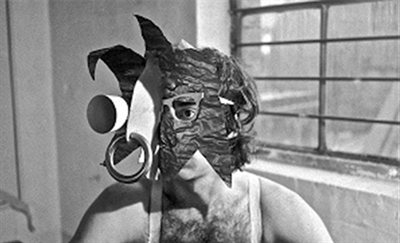
Film director, stage designer, diarist, artist, gay activist and author, Derek Jarman’s approach to his work was alchemic, a fusion of absorbed influences and interests that remained throughout his career. While this exhibition, comprised of four rooms in the west wing of Somerset House, displays an interesting collection of his personal output, Jarman himself is strangely absent. There is a handful of photographs of the artist, though not a huge sense of his personality. This should not, however, sound like a criticism, for what the exhibition sets out to do, it achieves: to show Jarman’s early literary and artistic influences and give an insight into his days as a student of English Literature, History and History of Art at King’s College London between 1960 and 1963.
The first room demonstrates a Renaissance approach to an education in the humanities – his course title was General Studies. A shelf demonstrates his reading matter (though clumsily done, is it not easy to find a vintage copy of Piers Plowman instead of displaying the current Oxford World’s Classics edition that fills any English student with dread? The books on display are a dreadful mix of old and new copies), a foundational list including Shakespeare’s sonnets, the poems of Rainer Maria Wilke and Ginsberg’s Howl. Editions of the KCL journal Lucifer, which Jarman edited, fill the first glass cabinet, followed by his near immaculate diaries. Then there is a self-portrait from 1960, with lines both assured and accomplished, filled with deep green hues that immediately call to mind the portraiture of Duncan Grant and the paintings of British Modernism. Later passages of his handwritten texts are taken from the scripts of his feature films Sebastiane (1976) and Jubilee (1977), or are calligraphic scrawls that would weave themselves into his memoir of 1979, Dancing Ledge.
Jarman lived in warehouses along the Thames; vast abandoned spaces with enough light to inspire his first experimental super 8mm films. The period was idyllic, as Jarman remembered: “My warehouse gave me space… I slept on a sea of cushions in a greenhouse, which I covered with luminous stars. Below me, the Thames reflected light onto the ceiling. Dawn came up at Bankside on acid.” His friendship with Andrew Logan is acknowledged, whom Jarman interviewed for Warhol’s Interview magazine in 1974. It is an eclectic career in a London that has since drastically changed.
Jarman’s last work to be featured is his film of 1987, The Last of England. The pensive student has long since departed. Jarman had been diagnosed with HIV/Aids (from which he died in 1994), and the film – with apocalyptic swirls of colour, scenes of an Alsatian muzzling an unconscious figure, drug use, a man holding out his arms in a deserted field – is politicised and angry, railing against a government and a disease, locating an individual struggle as part of a national story. Jarman’s early fascination with alchemy, and with early modern literature so preoccupied with the elements, remains and is re-imagined for his time: water, fire, light, flesh, denim and metal.
Small but comprehensive, this multimedia collection illustrates a single strand of influence that dominated Jarman’s career. There are absences and gaps, but it is an intriguing glimpse at the artist’s lesser-known aspects.
Harriet Baker
Derek Jarman: Pandemonium is at King’s Cultural Institute until 9th March 2014. For further information visit the museum’s website here.


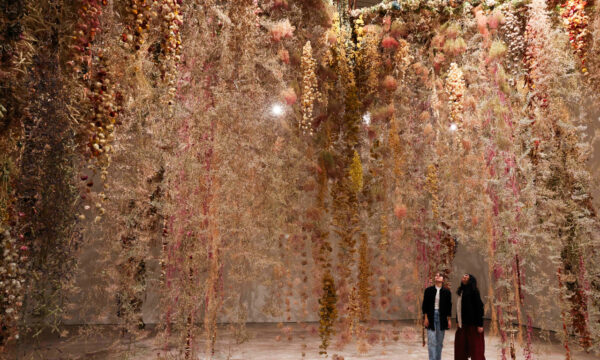
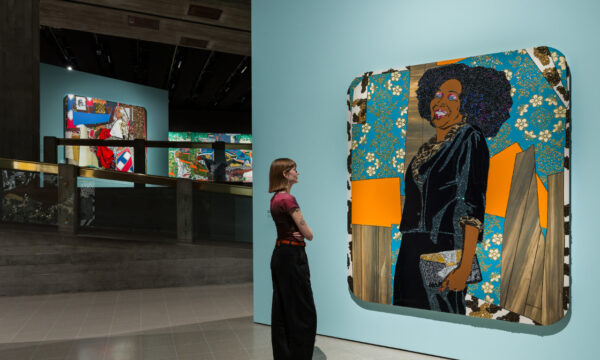
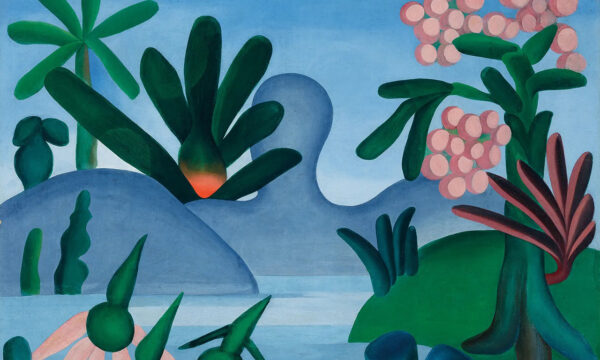
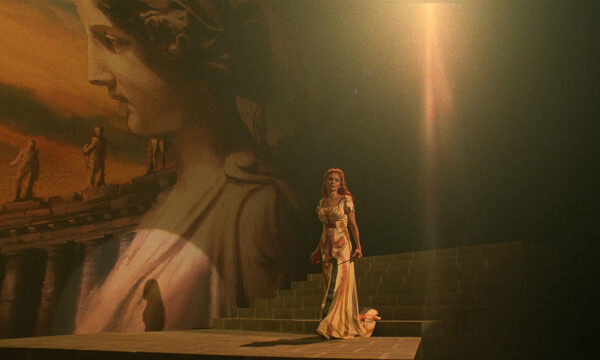
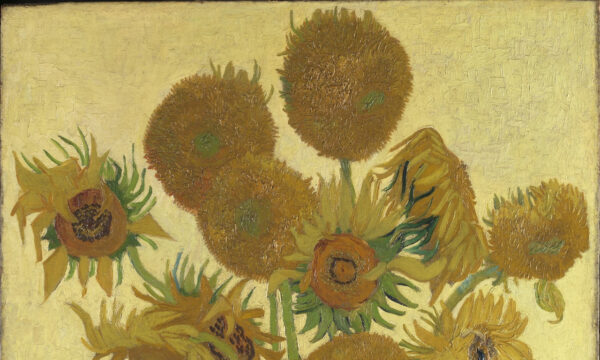
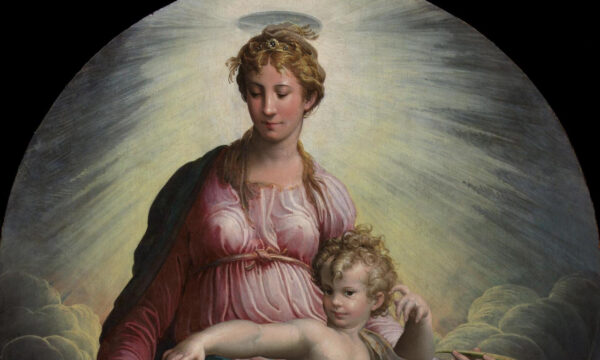
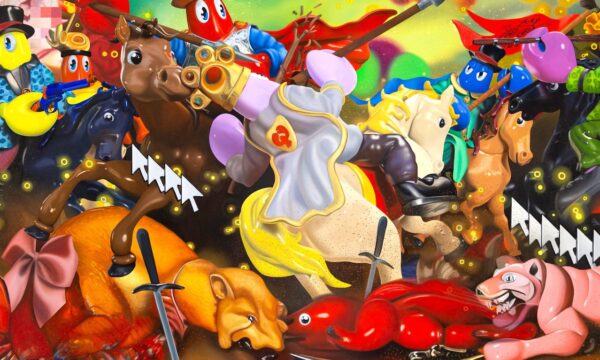
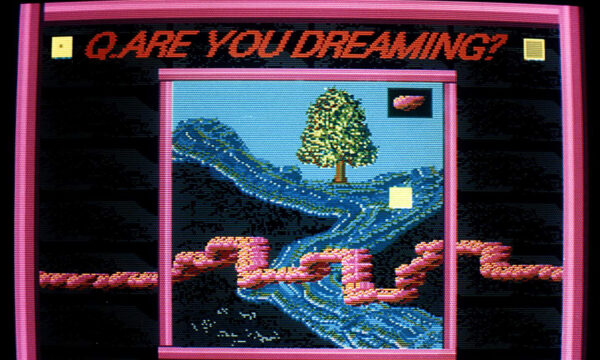


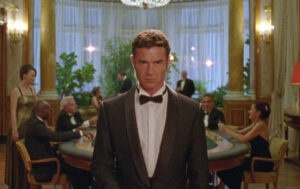
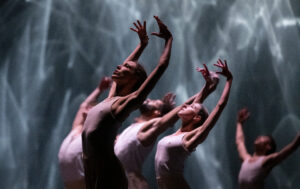


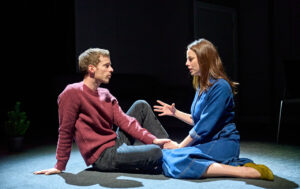
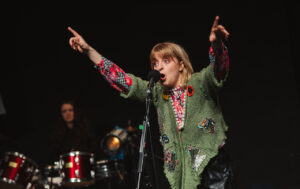
Facebook
Twitter
Instagram
YouTube
RSS